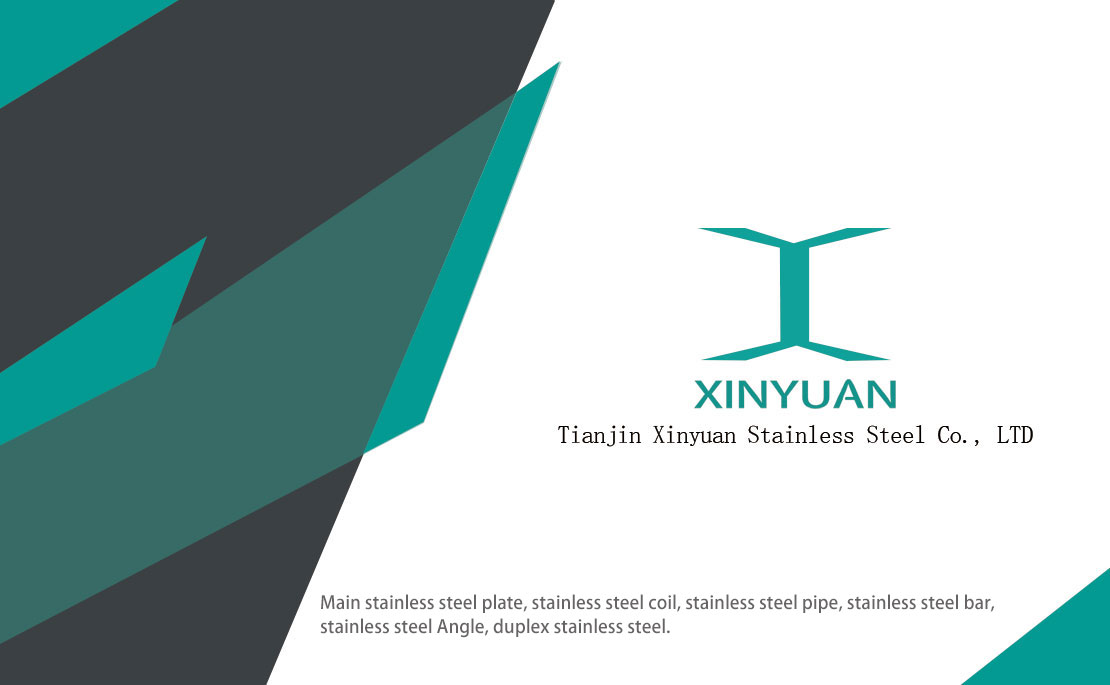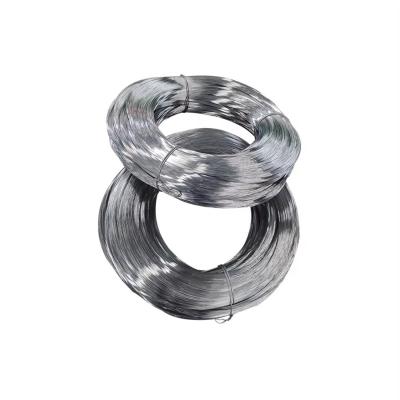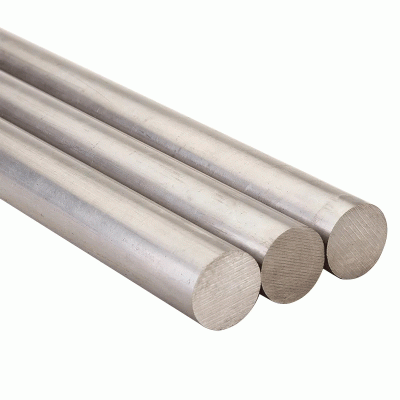How to achieve phase equilibrium in duplex stainless steel pipe welding?
It is often said that the phase balance of duplex stainless steels is "50-50", which corresponds to the amount of austenite and ferrite. Strictly speaking, this is not true, as the ferrite content in modern duplex stainless steels is around 40% - 50% and the rest is austenite. It is generally believed that duplex stainless steels have unique advantages when the ferrite content is at least 25-30% and the remainder is austenite.
In some welding methods, especially in the protected flux method, the austenite content of the weld can reach a higher level by adjusting the phase balance to improve the toughness of the weld and compensate for the loss of toughness caused by the increase in oxygen content Welding flux. The toughness of these filler metals after solution treatment is much lower than that of steel plate or steel pipe, but the toughness of the weld metal is still sufficient to meet the expected requirements. There is no welding method that allows the toughness of the weld metal to reach the level of wrought metal when fully annealed. Limiting the ferrite content of the weld metal to the minimum required for annealing of mill duplex stainless steels places unnecessary restrictions on existing welding methods.
The phase equilibrium of the heat affected zone, i.e. the original wrought steel or steel pipe plus additional welding heat cycles, is usually slightly higher than that of the raw material. It is almost impossible to determine the phase equilibrium of the heat affected zone by metallographic methods. If the ferrite content in this area is high, it may indicate an abnormality of very rapid cooling, resulting in excessive ferrite content and reduced toughness.




